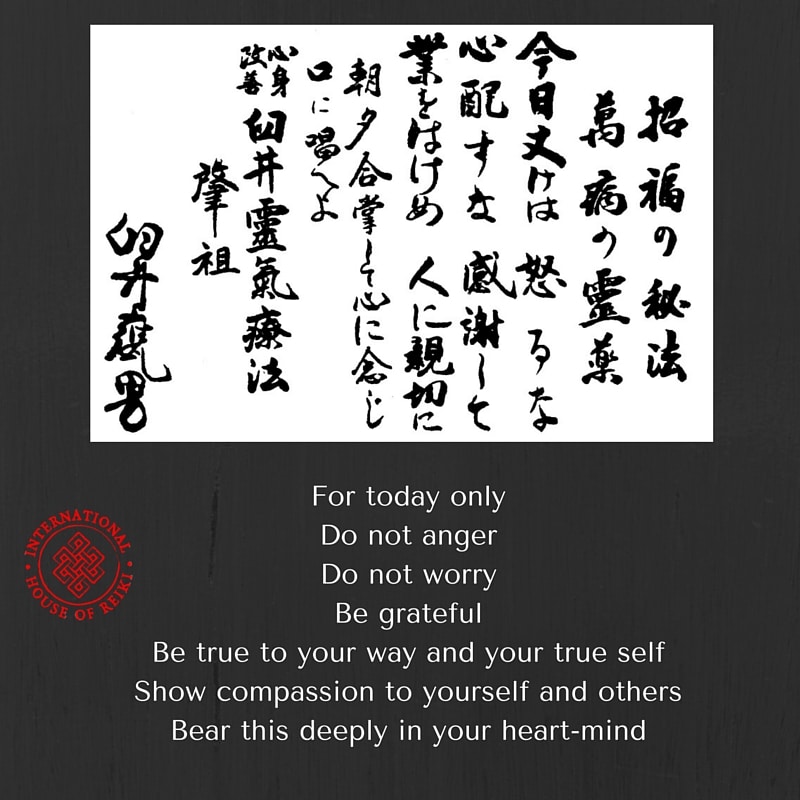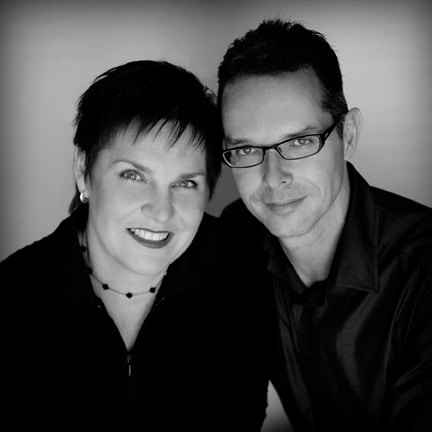
As you know, the Reiki Precepts are one of five elements of the system of Reiki.
A precept, however, is NOT an affirmation. There has been confusion about their use since great books like Louise Hay’s ‘You Can Heal Your Life’, which includes affirmation work, became popular.
Affirmation work has certain guidelines and usages that are unrelated to precepts (such as the use of the term ‘do not’). Perhaps these simple definitions below will help clarify their differences for you.
Definition of precept (on-line dictionary): A rule or principle prescribing a particular course of action or conduct.
Definition of affirmation (on-line dictionary): Something declared to be true; a positive statement or judgment.
Precepts have been used as guidelines for conduct for centuries in many spiritual and religious practices. The popularity of affirmations should not cloud the benefits or strengths of working with precepts.
So, now that you know what a precept is, let’s look at their usage. Interestingly the precepts, apart from being one of the five major elements of the system of Reiki, are also its foundation.
In essence the precepts are the key to the other four elements. These elements are meditations, hands on healing, symbols/mantras and the reiju (attunement). If a practitioner looks deep enough within each of these elements the precepts can be found.
Without the precepts the whole system would fall apart.
Let’s look at one example in the Japanese system of Reiki, the technique of kenyoku ho. The literal translation of kenyoku ho is ‘dry bathing’. Bathing in Japan is seen as a form of purification often called misogi. This type of purification focuses on cleansing our negative thought patterns like fear, worry and anger.
When we perform kenyoku ho we begin to feel clearer and more open to receive whatever we require.
This technique is often practiced by a practitioner before and after a hands-on healing session. Don’t be mistaken, it is not performed to protect the practitioner, or clear away any ‘negative’ energy that may have been picked up from the client. (As an aside… what is negative anyway?) Kenyoku ho is performed instead to help you become more open and grounded.
When feeling more open and grounded, fear and worry disappear. And if that is the case, then there is no need for protection – the need to protect oneself is only ever performed out of fear and worry.
So at the base of kenyoku ho is the precept – Do not worry.
Each element and practice within the system of Reiki has at its base the precepts, and if we take away the base a complete and effective system will no longer exist.
Thus it is of utmost importance for Reiki practitioners and teachers to understand the precepts and lay them at the foundation of their teachings.
Bronwen and Frans Stiene are the co-founders of the International House of Reiki and co-authors of The Reiki Sourcebook, The Japanese Art of Reiki, Your Reiki Treatment, The A-Z of Reiki Pocketbook and the Reiki Techniques Card Deck. Bronwen and Frans teach in the USA, Europe and Australia. Visit the Courses page to find a course near you.


Comments 4
I have to admit; my mind feels most focused with full attention and reverence, when I’m doing the precepts. I pause between each one solidifying my intentions. It’s very peaceful and Spirit filled for me. I also feel I’m able to maintain a fair amount of attentiveness when I’m doing Joshin Kokyu Ho and Seishin Toitsu. I’m working on my meditation practice fervently, but I struggle quieting the chattering voice in my head. Any advice for my lack of focus during meditation? I welcome all suggestions. Thanks.
Hi Sonia,
That is always hard and takes time.
Most important is to realize that the thoughts do not matter but what matter is how we cling to them. We will always have thought but in meditation we try not to cling to them or follow them.
So in one way, let the thoughts come, don’t judge them as good or bad, don’t try to stop them, just accept them and don’t follow them.
Hope this helps.
Love this – understand more and more, its not thoughts, its importance we place on them and the clinging!
Thank you Karen, it is an amazing journey.
Love
Frans